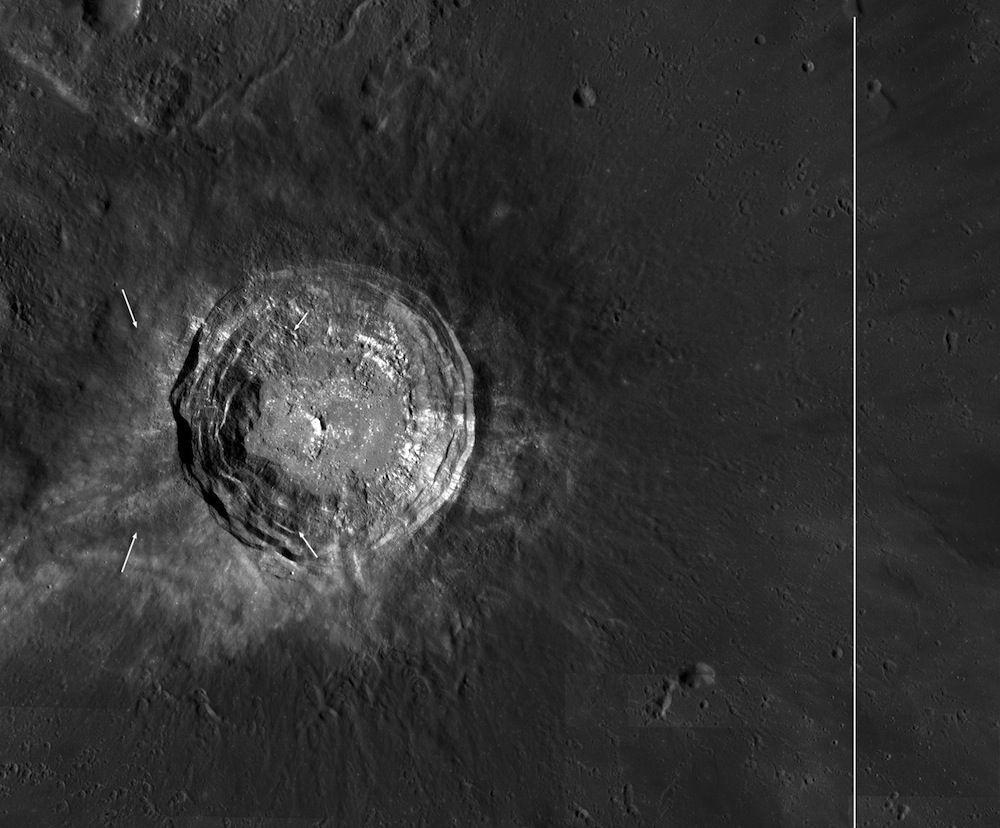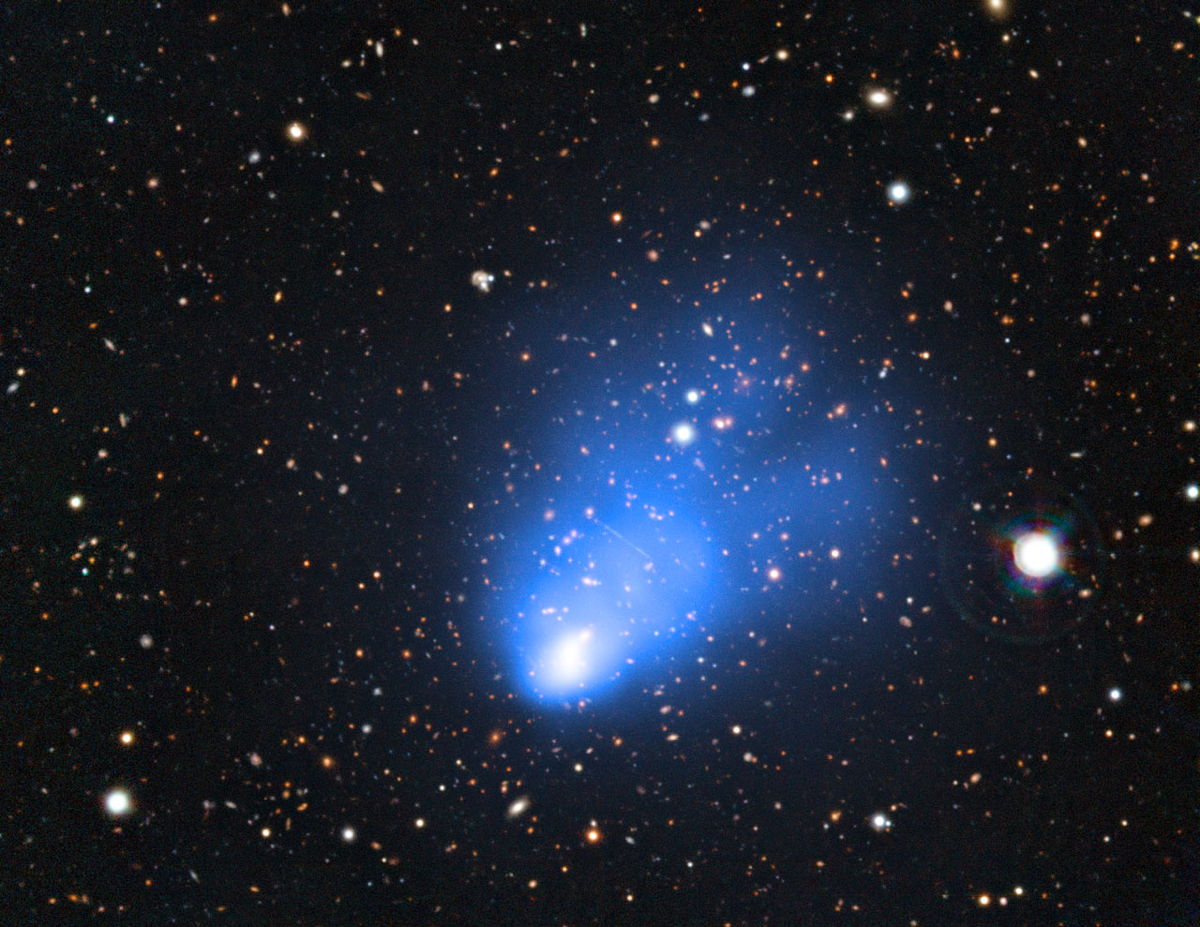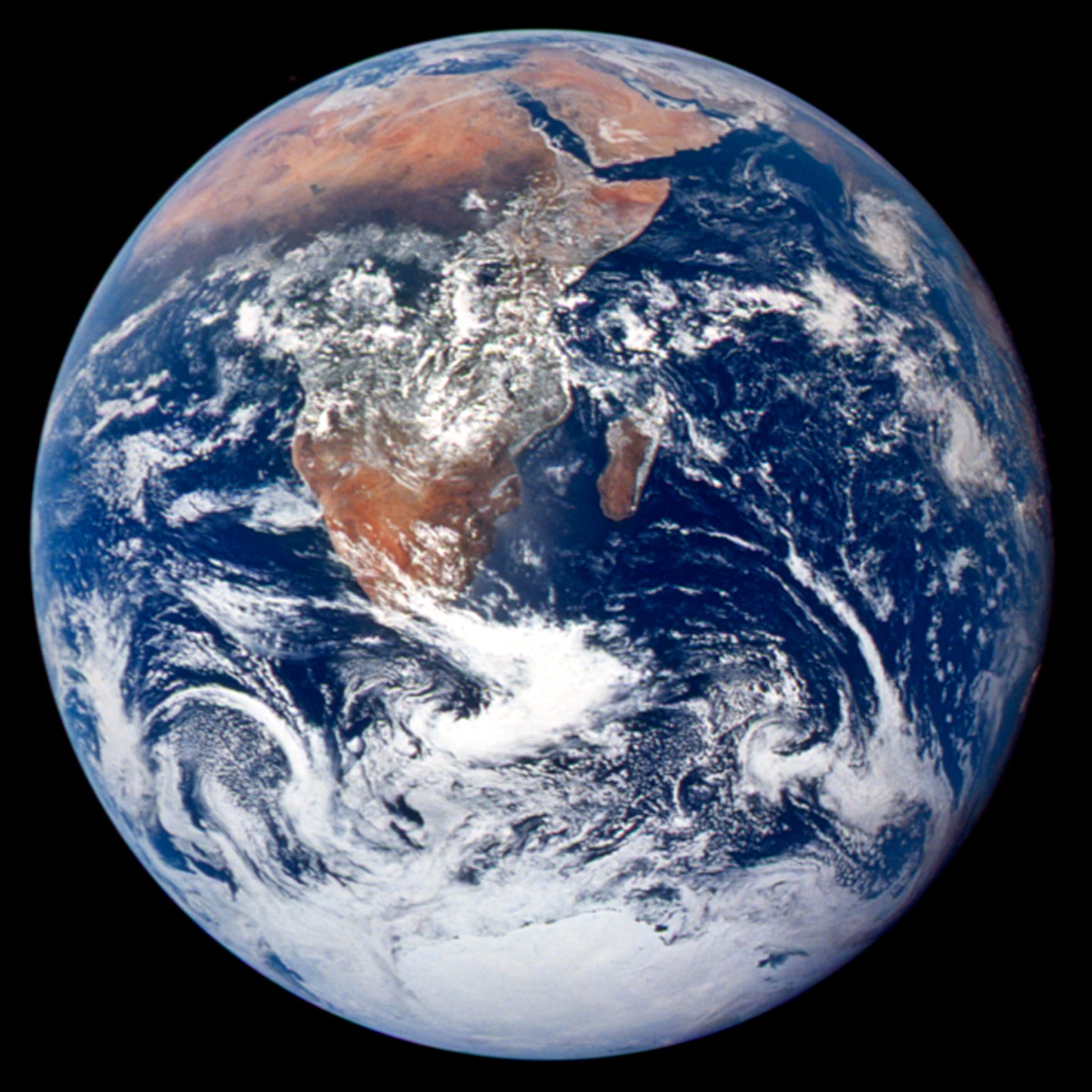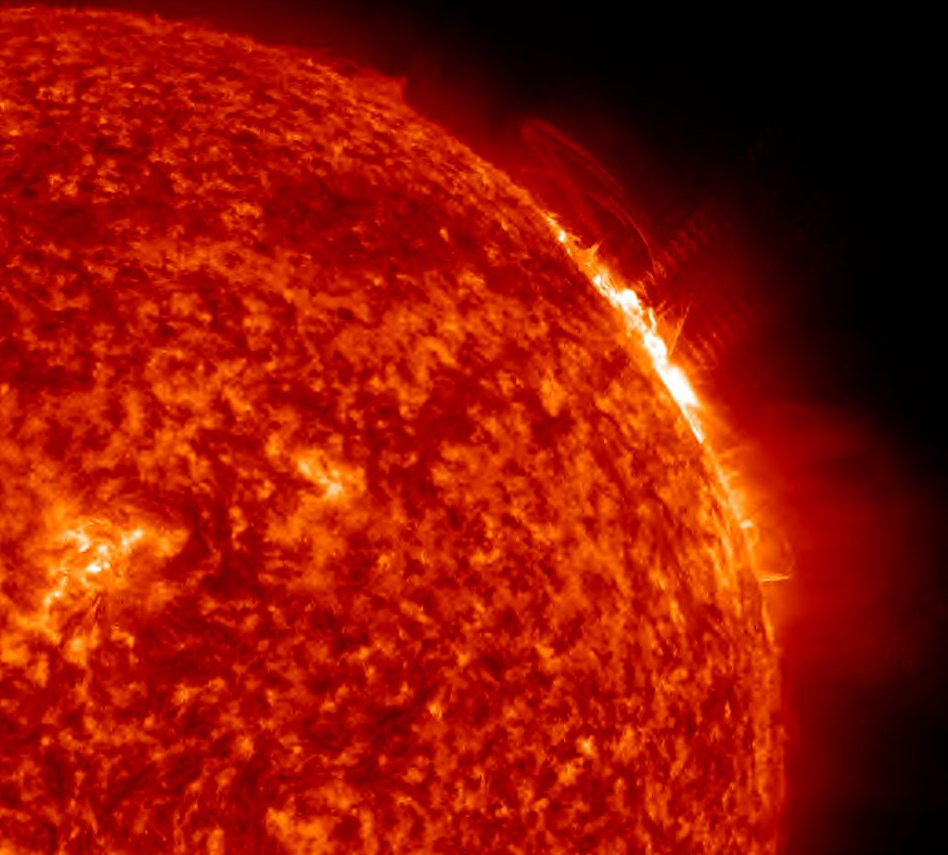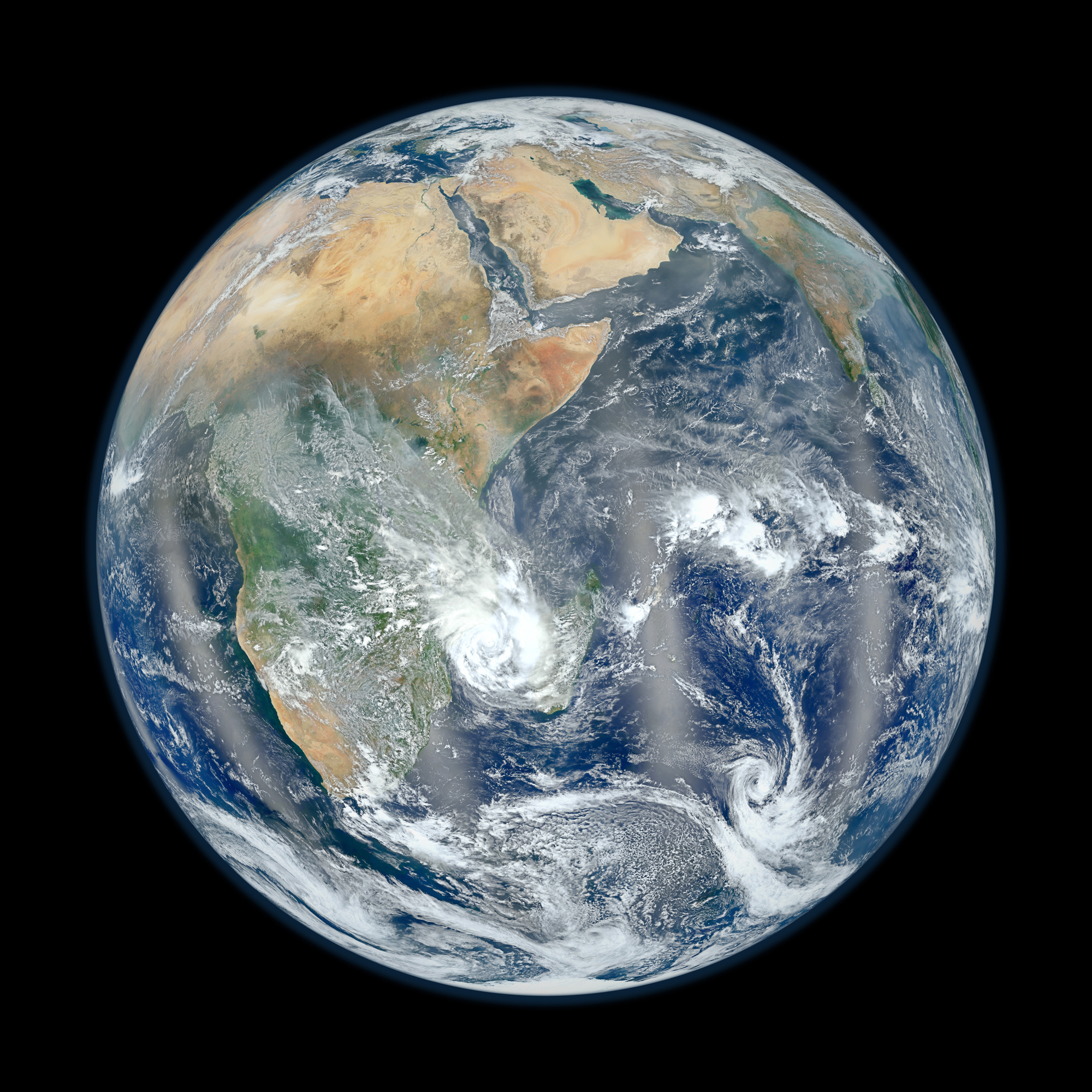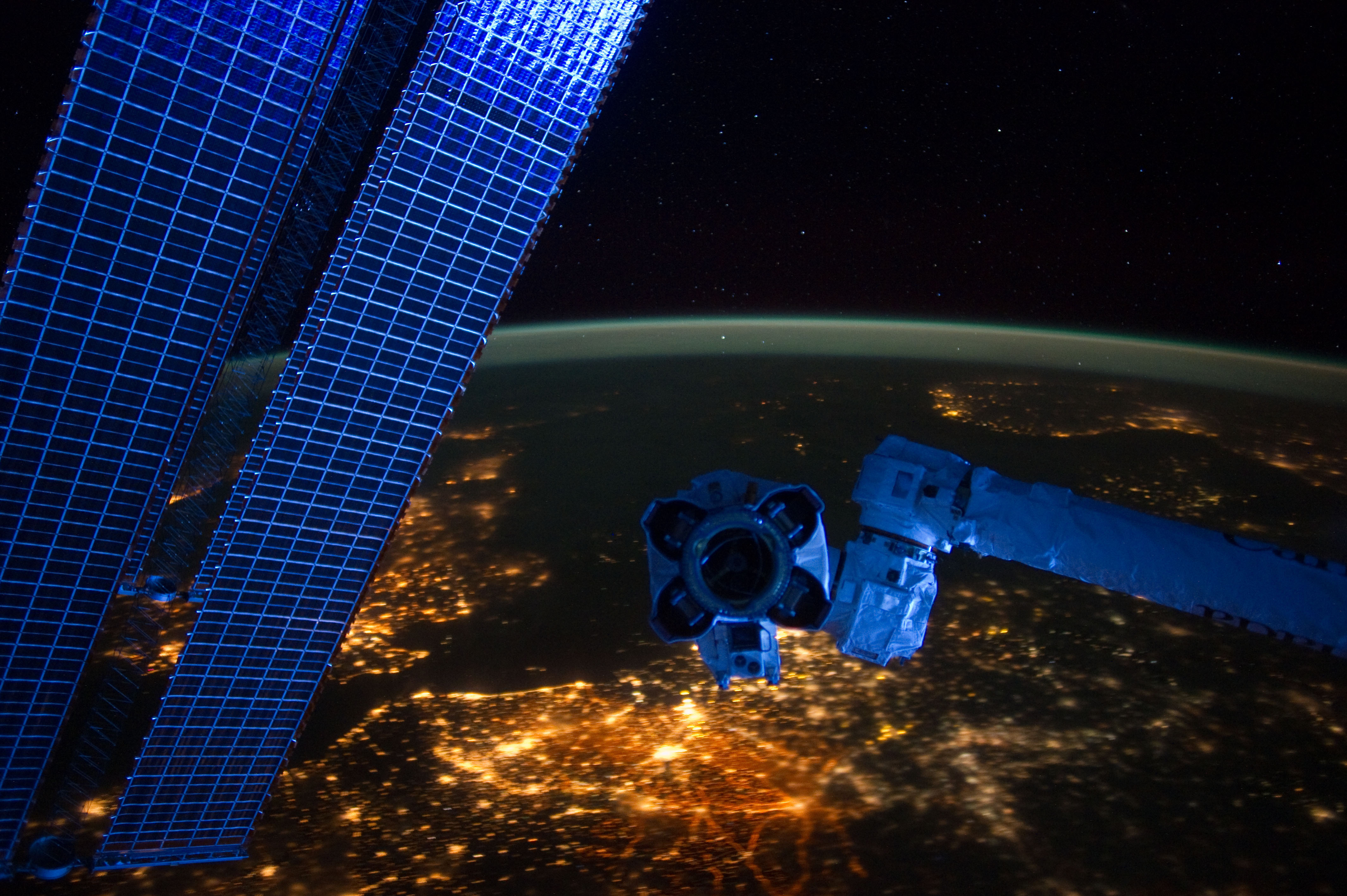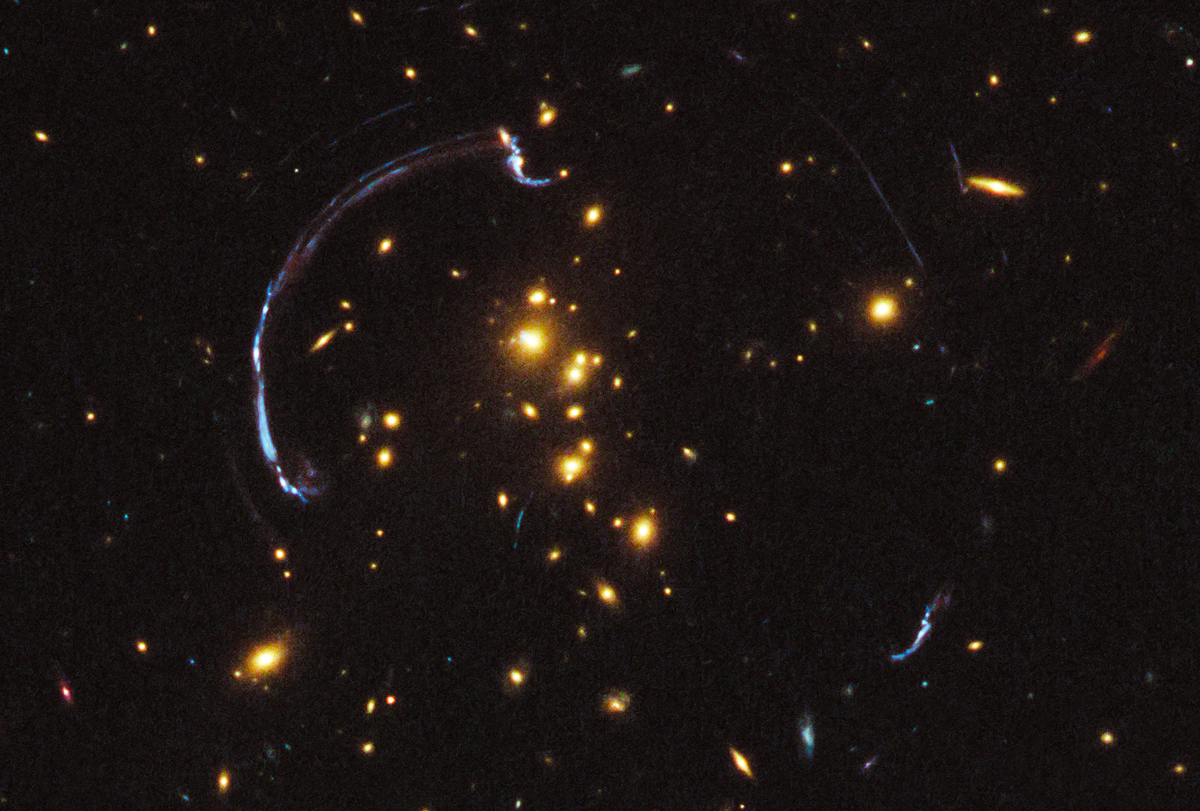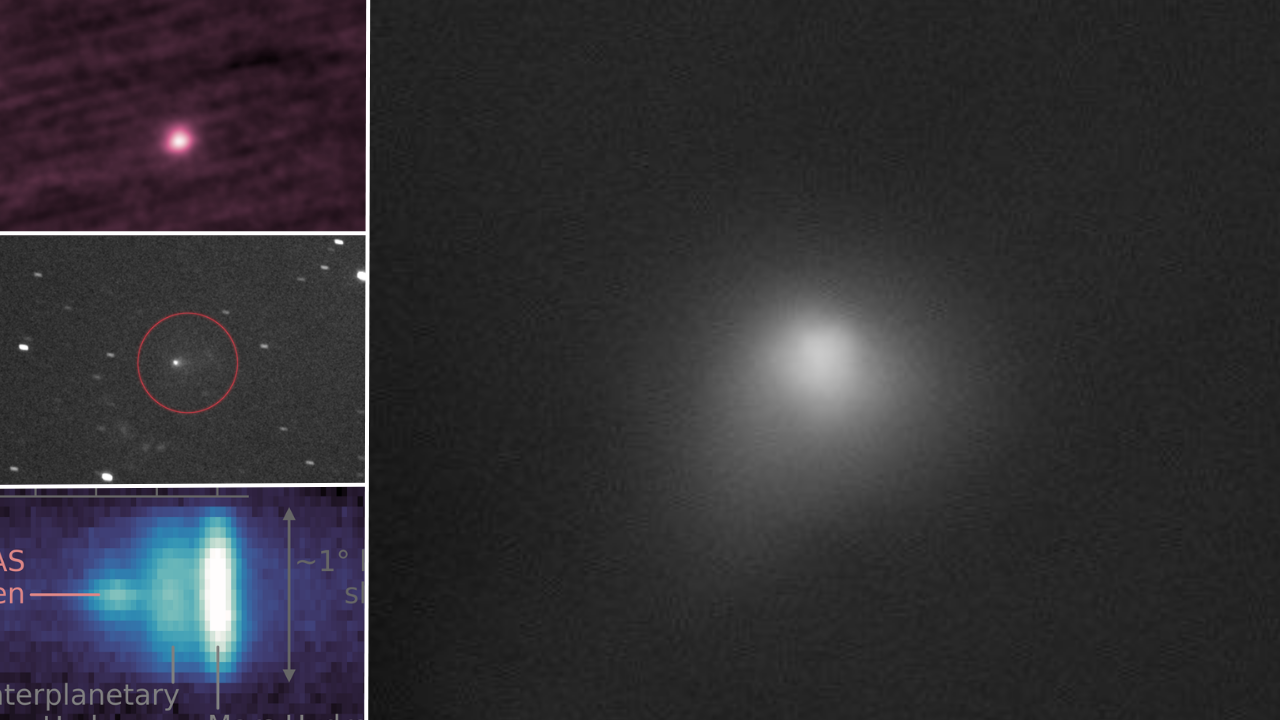100 Best Space Photos of 2012: Gallery
Spectacular Photos: 1st Meteor Shower of 2012 Amazes Skywatchers
A dazzling display of "shooting stars" kicked off the 2012 skywatching season early Wednesday (Jan. 4), thrilling amateur astronomers around the world with views of the Quadrantid meteor shower. [Full Story]
Giant Moon Crater Revealed in Up-Close Photos
Spectacular new images of a gigantic crater on the moon have been captured recently by a low-skimming NASA satellite, the Lunar Reconnaissance Orbiter. [Full Story]
Monster Galaxy Cluster 'El Gordo' Packs Mass of 2 Quadrillion Suns
Astronomers have discovered what appears to be the largest cluster of galaxies ever seen, a massive galactic conglomeration called "El Gordo" located about 7 billion light-years from Earth. [Full Story]
Have a Cigar
Messier 82 (M 82), also known as the Cigar Galaxy, looks very different in this new Hubble image, the most detailed view ever of the core of this galaxy. Previous images show a galaxy ablaze with stars. This image looks quite unlike them, dominated instead by glowing gas and dust. Filters transparent only to the wavelengths emitted by specific chemical elements isolated the light from glowing gas clouds, while blocking out much of the starlight. Thus the stars appear faint in this image, and the dust lanes are sharply silhouetted against the brightly glowing gas clouds. The starburst galaxy lies about 12 million light-years away in the constellation of Ursa Major (The Great Bear). [See all daily space photos]
Space Bubbles Offer Glimpse at Our Sun's Evolution
Bubbles full of stars are now shedding light on how our sun and its siblings might have formed, a new study reveals. [Full Story]
Hello, Earth! Satellite Snaps Amazing 'Blue Marble' Photo
NASA's newest Earth-watching satellite has sent back a breathtaking image of our "Blue Marble" that offers a taste of the orbiting observatory's vast capabilities. [Full Story]
Sun Unleashes Strongest Flare Yet of 2012
A massive solar flare — the strongest one so far this year — erupted today (Jan. 27) from the same active region of the sun that triggered a raging solar tempest earlier this week. [Full Story]
Breaking space news, the latest updates on rocket launches, skywatching events and more!
Earth From Space: The Secret of NASA's Amazing 'Blue Marble' Photos
NASA's newest Earth-watching satellite is beaming back spectacular views of our home planet – huge mosaics of many images stitched together at the highest-resolution yet obtained. But there's a bit of science mojo at work to create the stunning photos. [Full Story]
City Lights at Night: Astronaut's Amazing View from Space
A remarkable nighttime panorama taken from the International Space Station captured a dazzling cobweb of city lights as the orbiting complex flew roughly 240 miles (386 kilometers) overhead. [Full Story]
Brightest Galaxy Through Gravity Lens
A fluke of astrophysics has revealed what scientists are calling the brightest galaxy ever seen through a cosmic "zoom lens," NASA officials say.
The distant galaxy is 10 billion light-years from Earth and was spotted by the Hubble Space Telescope using a so-called gravitational lens created by a massive cluster of closer galaxies located about 5 billion light-years away. The distant galaxy is three times brighter than any other seen through a gravity lens, researchers said. The photo was released on Feb. 2 and posted on Feb. 6. [Full story]
New Look at the Carina Nebula
The most detailed image yet of the well-known Carina nebula was caught by a European telescope, unveiling previously hidden features of an exquisite star nursery.
The European Southern Observatory's Very Large Telescope (VLT) spied the cosmic landscape of gas, dust and young stars in the majestic Carina nebula, which is located about 7,500 light-years away from Earth. The lively star nursery lies deep in the heart of the southern Milky Way, in the constellation of Carina (The Keel). The image was released Feb. 8. [Full Story]

